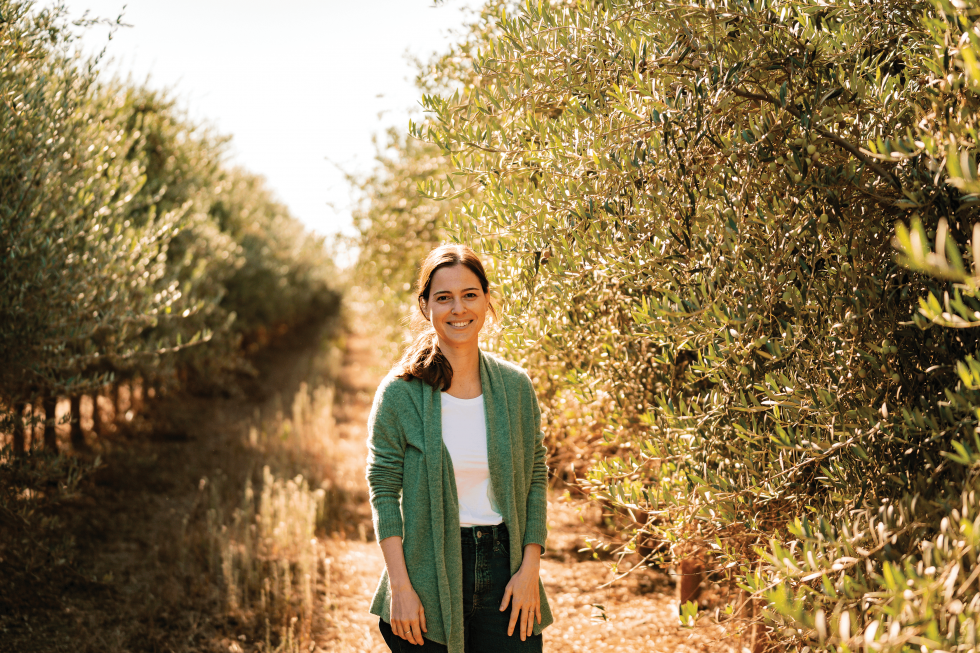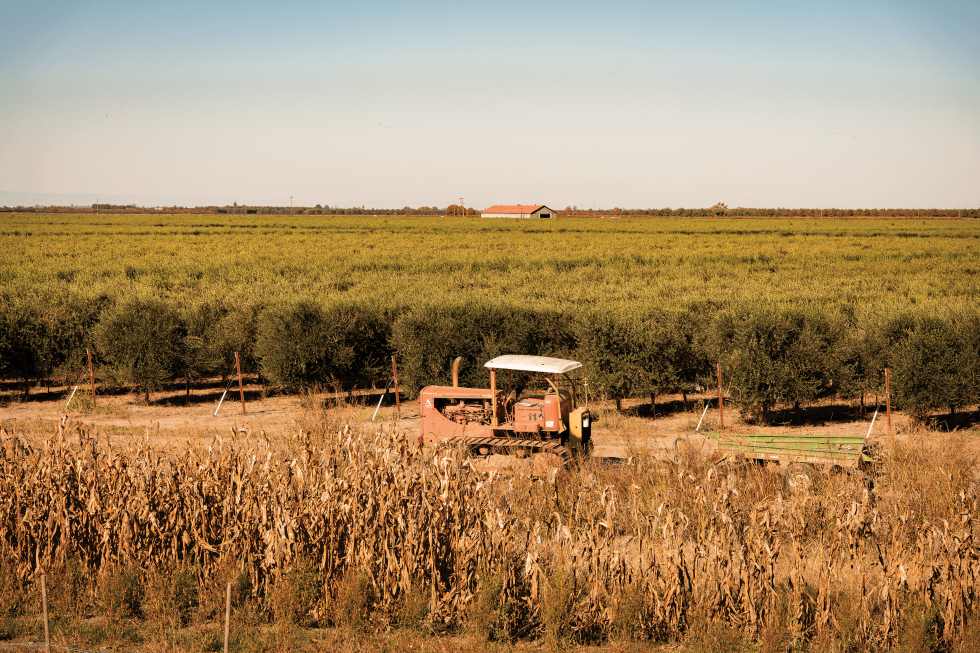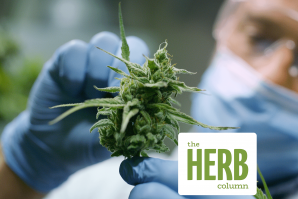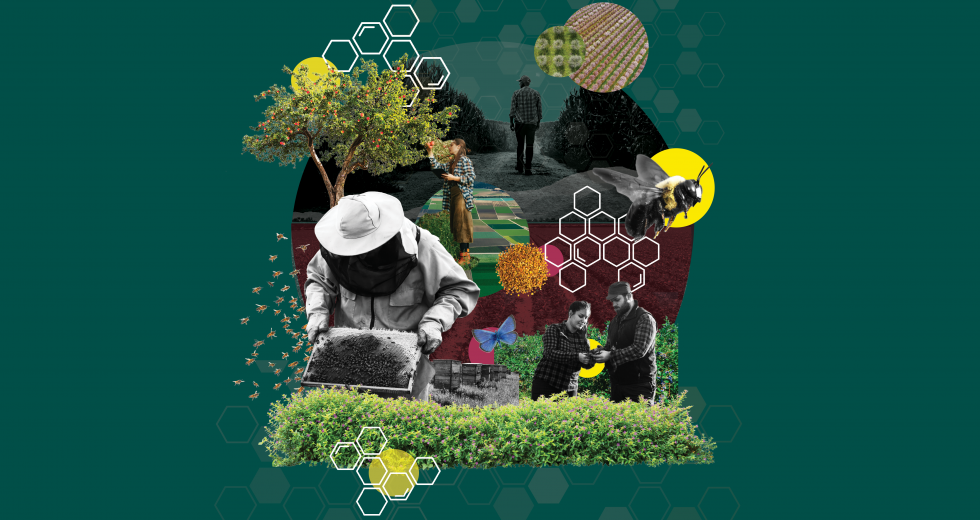From the extra-large valley carpenter bee to the diminutive Perdita minima, California has 1,600 different kinds of native bees. The state’s bees share their work with other pollinators like butterflies, moths and beetles — together, these insects pollinate thousands of different kinds of plants, including important food crops. Many are “pollen specialists,” which means they pollinate only one specific plant species. When plants disappear, pollinators do too, and vice versa.
As California grew into a vast agricultural region during the early 20th century, native grasslands, forests and riparian habitats were gradually replaced by farmlands and orchards. Though green things thrive on farms as a matter of business, there’s very little biodiversity on a traditional farm — and not much room for pollen specialists. As farms got bigger and more numerous, the European honey bee became the most familiar local pollinator, and natives retreated into California’s shrinking wilderness.
It is not impossible for native pollinators and agriculture to coexist, though. Native bees, butterflies and other species can thrive on agricultural lands when farmers set aside a few acres for native flowering plants. The reason this doesn’t happen isn’t because the habitat would need to replace productive farmland (in most cases, it wouldn’t). It’s because farmers often lack the resources and support they need to build a significant amount of quality habitat.
In 2021, the state recognized the importance of protecting and promoting native pollinators by allocating $15 million to the California Department of Food and Agriculture to help California’s farmers build pollinator-friendly habitat on hundreds of acres of farmland.
The American Olive Oil Producers Association is one of 10 projects that were granted funding through the CDFA program. AOOPA will receive $2 million and partner with the Chico Center for Regenerative Agriculture and Resilient Systems to implement pollinator-friendly plants and practices on California olive farms.
Olives are a naturally sustainable crop, requiring less water than other tree crops. They are mostly self-pollinated. Bees may play a role in pollinating olive trees, but their importance isn’t well understood. Even so, the AOOPA believes that olive farms can and should play a key role in supporting native pollinators.
“Sustainability is one of our main goals,” said Filipa Grilo, technical and research field director for Corto, which grows olives on 3,000 acres in the Lodi area. Corto will receive grant funding and technical support for a pollinator habitat project on an olive farm that borders an ecological reserve and a branch of the Mokelumne River.
Filipa Grilo is the technical and research director for Corto
Olive Oil near Lodi. Corto plans to plant drought resistant
native pollinator plants on their olive farm to bring in
beneficial insects and provide shelter for wildlife. (Photos by
Devin Clarke)

Grilo says Corto was already planning to plant pollinator-friendly cover crops, but the CDFA money and support will allow the farm to expand on their existing plans. “Because of this specific location of that field, we really thought that we could do a little bit more for the ecosystem,” she says. “We decided to just do something a little bit more challenging, at least for us, because we will have the technical support.”
Corto plans to plant primarily drought-resistant native pollinator habitat to eliminate the need to add irrigation to support the plants and to keep labor and maintenance costs down. The total planted area will include a 2,700-foot shelterbelt — a multi-row planting of trees and shrubs — and 14 acres of habitat between the olive fields and the river. The completed project will support pollinators and also serve as wildlife habitat and a wildlife shelter.
The Xerces Society for Invertebrate Conservation will also receive money from CDFA: around $1.2 million, which it will use to provide technical services and project money to between 15 and 20 farms in the Central and San Joaquin valleys and the Central Coast. Named for the Xerces blue butterfly, which was declared extinct in the 1940s after development in San Francisco eliminated its habitat, Xerces is an international nonprofit organization dedicated to the conservation of pollinators and other invertebrates. It plans to plant a total of 15 linear miles of pollinator hedgerows — long rows of trees, bushes and flowering plants — and 400 acres of flowering cover crops. Some of the farms the organization will be working with would have been unable to plant pollinator habitat without the grant money.
Honey bees are prolific pollinators, tending to around 130 different fruit and vegetable species and 80 percent of all flowering plants. But honey bees aren’t native to California or even to North America — they were imported from Europe in the 17th century as honey and wax makers and only became important for agriculture when large farms began to crowd out native pollinators.
Even today, though, honey bees don’t have to be the sole pollinators for modern agricultural crops. In fact, having alternative pollinators can be especially important for small farms that may not have the financial resources to use honey bees.
“We have this growing body of science pointing towards the need to increase pollination services, particularly from wild bee species on farms,” says Anna Murray, senior pollinator habitat specialist for Xerces. “Folks are struggling to get affordable hives.”
Murray says Xerces will set aside 25 percent of their technical service funds for socially disadvantaged farmers and ranchers. Once the new habitat is established, she says, it will provide increased pollination services for these farms, “like keeping those bees local to their crops so that when the crop is blooming, there are more species of bees available to go out there and do the job.”
Even in places where there is a lot of high-quality native habitat, there is still plenty of room for honey bees. “We certainly have a lot of honeybees that are visiting our habitat,” Murray says. Native plants can provide alternative sources of nutrition for working bees, and honey bees and natives can even work in complementary ways. “Some of the native bees will get up earlier or stay out later to work in different temperatures,” she says. “So there’s real benefit trying to provide services for both groups.”
Though it’s not known how much of a role native pollinators have in pollinating olive trees, Grilo says improving biodiversity can provide other benefits to the farmer, like pest management. “Biodiversity in general contributes to the overall health of the trees and the fields itself,” she says. “So from the moment that you have the highest biodiversity, you will not have one specific species that is going to overgrow or exist in the field.”
Native habitat can also attract insect species that prey on pests, says Emma Debasitis, a restoration biologist at the San Joaquin Valley-based native seed supplier Great Valley Seed. Predatory insects help keep pest numbers lower, she says, limiting financial losses and the need for pesticides.
Great Valley Seed is a subcontractor with the Almond Alliance of California, which will also receive grant funding from CDFA. Doug Iten, Great Valley Seed’s general manager, says planting pollinator habitat on farms makes sense because so many farms have large areas of unused land. “We’re targeting perimeter areas, roadways, nonproductive ground, under power lines and around solar plants,” he says. “So traditionally where there’s just dirt.”
Native plants that naturally attract pollinators are more tolerant of California’s sometimes volatile climate, which makes them easier to care for than exotic species. When farmers install native species in those otherwise unused spaces, it supports biodiversity and provides additional benefits, both for the environment and for the farm itself. “Hedgerows are a perfect example,” Iten says. “They can be used as windbreak pesticide barriers, natural breaks in between fields. And once established, they’re relatively easy to maintain.”
The California Department of Food and Agriculture has a new
Pollinator Habitat Program to help attract native bees,
butterflies and other species that will help grow crops.

Hedgerows also provide benefits for the soil and even for the climate. “Hedgerows are amazing,” says Murray. “They also are great for erosion control because you have nice deep roots.” And, she adds, they help sequester carbon.
Plants naturally remove carbon from the atmosphere and sequester it in the soil when they die and decompose. Murray says cover crops “like understory plants in the alleys of almond orchards or blueberry fields” help add carbon biomass to the soil. “That really makes a big impact on the quality of the soil in the crop fields,” she says.
Iten says the key advantage to planting pollinator habitat on farms is the scale. “We’re talking about miles of hedgerow and acres of beneficial pollinator habitat,” he says. Large swaths of habitat can also improve connectivity, allowing wildlife to more freely move from one place to another without the need to cross fields or urban spaces.
Good native pollinator habitat fulfills more than just the nutritional needs of its visitors; it also provides nesting places and nesting materials for species with a variety of unique requirements. Some pollinators need leaves and other plant material to make nests — sometimes in the ground, sometimes in the hollow stems of trees and shrubs. “Without the food, without the nesting materials that these types of habitats provide, the pollinators are looking at a pretty barren landscape and don’t really have anywhere to go and reproduce,” Murray says.
Pollinator habitat on farms will transform those barren landscapes, but it won’t look the same from farm to farm. Species will be region-specific, meaning the projects will choose the plants best suited to the local climate and topography. Some farms may plant species that target specific pollinators: Farms in the migratory pathway of endangered monarch butterflies, for example, may plant more monarch-friendly nectar sources and milkweed — the only plant that monarch caterpillars can rear on. At full maturity, each project will be unique, beautiful and functional, but most importantly abundant, both in its capacity to support insects and other creatures and in its contribution to the sum total of California’s restored native habitat.
“At full-scale farming, we are putting out large quantities of pollinator plants in places where there really isn’t any other good, native, high-quality habitat,” Iten says. This means filling the empty, barren spaces with species that do just fine without the help of imported water or pesticides, returning unproductive land to its natural state and proving that the plants that nourish thousands of native insects can comfortably coexist alongside the plants that nourish us.
Stay up to date on business in the Capital Region: Subscribe to the Comstock’s newsletter today.
Recommended For You

Beyond the Bottle
UC Davis is a hub for breast milk science and innovation
As a chemist of food science, J. Bruce German was accustomed to observing the tiniest things: protein particles, bacteria, mucin layers and much more invisible to the naked eye. But nothing prepared him for his first experience in the neonatal intensive care unit at UC Davis.

Are Probiotics Safe for Infants?
UC Davis spinoff startup comes under fire after infant death linked to product
In recent months, Infinant Health has come under fire after the death of a preterm infant has been linked to its probiotic product. The FDA issued a warning in September to hospitals, advising them against administering Evivo with MCT Oil, the product which contains the live bacterium B. infantis.

Protectors of an Honored Heritage
How Indigenous tribes are using business revenues to maintain and celebrate their cultures
“When you talk about business, ours has allowed us to bring our culture back,” Tayaba notes. “Building our dance arbor, having our ceremonies — obtaining eagle feathers, abalone, clam shells, pine nuts, items that aren’t easily foraged today — it all costs money. Now we hold workshops, classes, dance practices. We’re trying to rebirth weavers, because our grandmothers were weavers.”

The Herb Column: Curbing the ‘COVID of the Plant World’
Cannabis growers battling hop-latent viroid that threatens their harvest
A sneaky viroid has been spreading invisibly for months at a time in cannabis plants across the country, decimating crops right as they’re about to flower. The so-called hop latent viroid is now the “biggest concern for cannabis growers worldwide,” according to a recent scientific paper.




